

Andrew Maclean
3 Days Ago
New car sales were up again in March 2024, setting a new March record and resulting in a record first quarter.
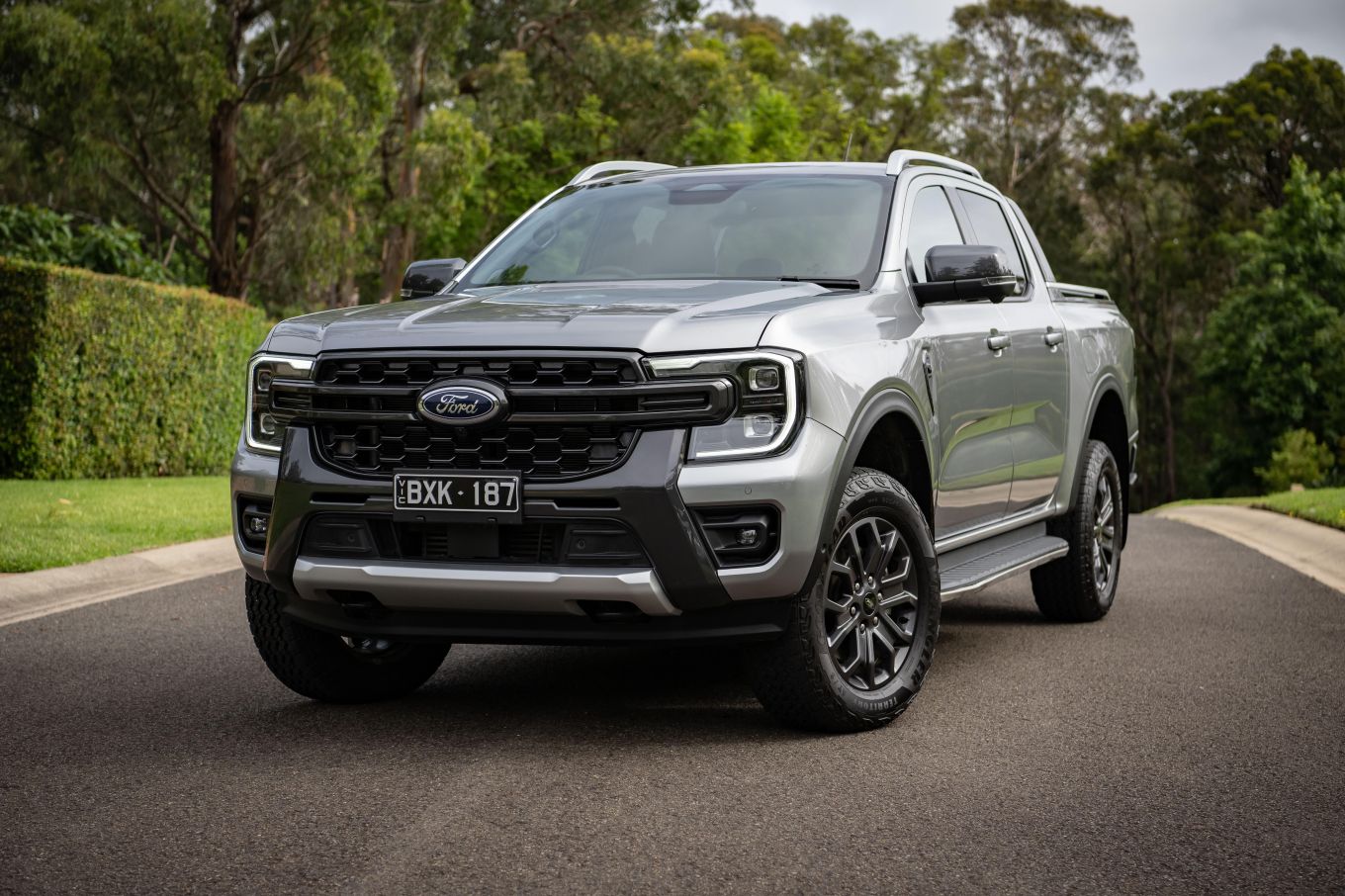
March was yet another record month for new vehicle sales in Australia, resulting in a record quarter for the market.
A total of 109,647 vehicles were delivered in March, beating the previous March record of 106,988 vehicles set back in 2018.
All up, 304,452 vehicles were delivered in the first quarter of 2024, up 13.2 per cent on the first quarter of 2023 and the best-ever first quarter for new vehicle sales in Australia.
March 2023, notably, was a weak month for the industry, having been the second-lowest March result across the last 10 years with only COVID-interrupted March 2020 yielding a lower total.
New vehicle sales had subsequently rebounded, however, with nine of the past 12 months being record results for the industry.
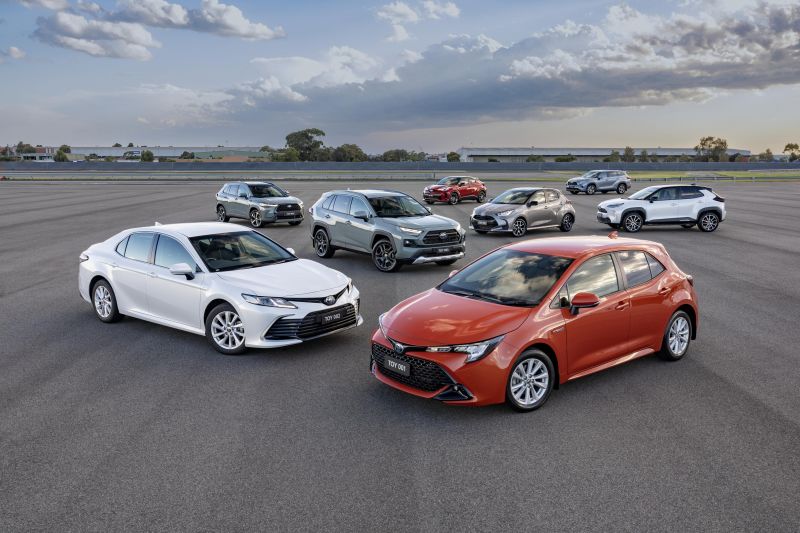
Two extra selling days (26.5 in total) also helped push March 2024’s tally above March 2023’s.
Electric vehicle (EV) sales rose by 58.3 per cent over March 2023 to 10,464 units, accounting for 9.5 per cent of the market – up from 6.8 per cent last March.
Combined, EVs, hybrids and plug-in hybrids accounted for just under a quarter of the total market at 23.5 per cent.
Hybrid sales were up 165.6 per cent over March 2023, accounting for 12.7 per cent of the total market on their own.
While the increasingly large variety of models in Australia undoubtedly played a hand in hybrid sales increasing, stronger supply from hybrid leader Toyota helped boost sales.
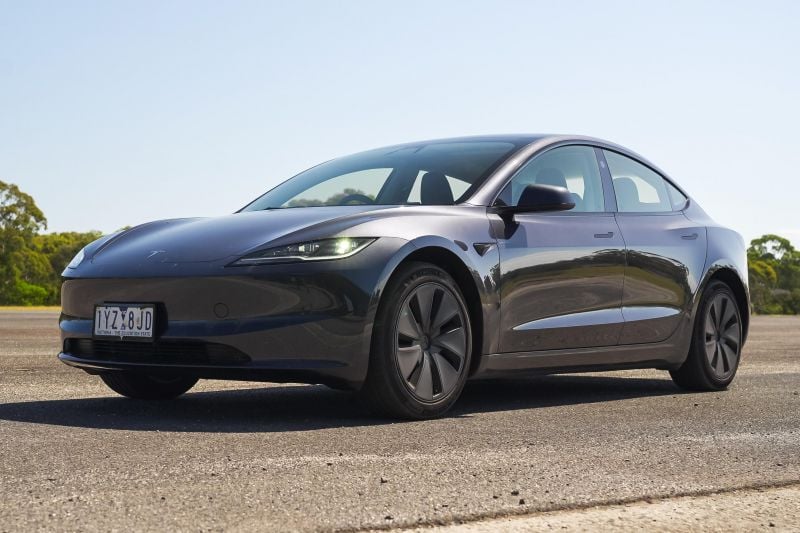
“This is a terrific result for the sector however, all car brands are well aware that these results cannot be taken for granted,” said Federal Chamber of Automotive Industries (FCAI) chief executive Tony Weber.
“We need to factor in the ongoing cost of living pressures and the challenges for industry and consumers that will emerge with the introduction of the New Vehicle Efficiency Standard (NVES) in less than nine months.
“A fuel efficiency standard is long overdue. However, we remain concerned at the speed and magnitude of the change for both manufacturers and more importantly, consumers.
“The car makers will respond, however it will take time to develop new products, especially in the large SUV and Light Commercial segments, that meet expectations in terms of price, performance and emissions, noting these vehicles make up more than one third of new vehicle sales in Australia.”
Toyota sales were up 43.4 per cent to 18,961 sales, heads and shoulders above second-place Ford (8776 sales, up 35.3 per cent).
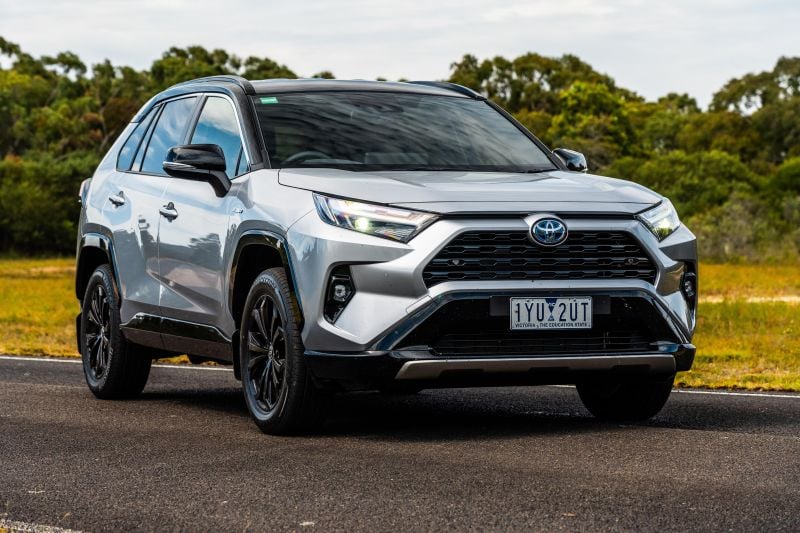
RAV4 sales were up 185.2 per cent to 5070 units, Corolla sales were up 103.5 per cent to 2027 units, and Camry sales were up 208.4 per cent to 1690 units.
It wasn’t all rosy for the market leader, however. While its RAV4 was the second best-selling vehicle in Australia in March, behind only the Ford Ranger, the HiLux failed to make the podium.
It was pipped by the Tesla Model Y (4379 sales vs. 3995 sales), with sales of HiLux 4×2 models plunging 60.1 per cent year-on-year.
Traditionally the dominant vehicle in the 4×2 ute sector, the HiLux in March fell behind both the Ranger and the Isuzu D-Max.
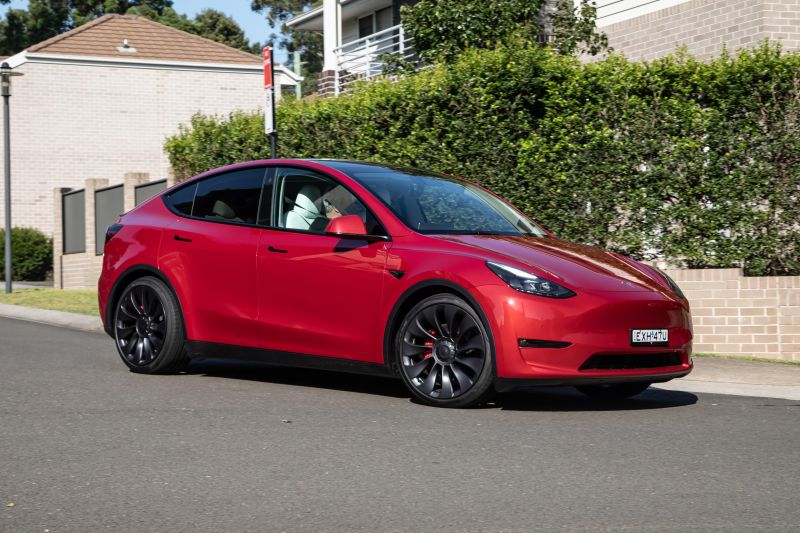
Ford overtook Mazda, whose sales were flat in March, for second place. A 16.6 per cent decline in Ranger 4×2 sales was offset by a 32.4 per cent increase in 4×4 sales, and a huge 129.8 per cent jump for the Everest.
Mitsubishi was in fourth place, up 34.2 per cent thanks to sales increases across its entire range, while Kia beat corporate cousin Hyundai for the second month in a row this year, sitting in fifth place.
Tesla sat in sixth place, with sales of its recently updated Model 3 increasing by only two units compared with March 2023; the Model Y was its best seller.
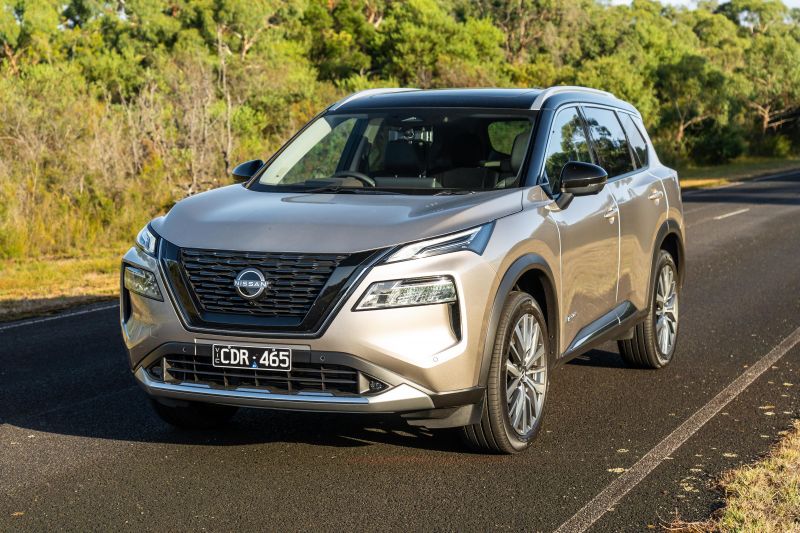
The top 10 was rounded out by Nissan, Isuzu Ute and MG.
Brands that saw the biggest gains, besides Toyota, were Tesla (up 68.2 per cent), Nissan (up 46.2 per cent), BYD (up 52.9 per cent), Porsche (52.2 per cent) and Genesis (up 88.4 per cent).
Brands that saw the biggest drops were Mercedes-Benz (including vans, down 31.4 per cent), LDV (down 31.1 per cent), Audi (down 27.1 per cent), Volvo (down 37 per cent), Ram (down 44.9 per cent), Jeep (down 54.7 per cent) and Cupra (down 52.6 per cent).
While the March 2024 VFACTS report lists zero Polestar sales, the company has confirmed it sold 84 vehicles in March. It’s no longer reporting its sales in VFACTS after it left the FCAI.
| Brand | Sales | Change YoY |
|---|---|---|
| Toyota | 18,961 | +43.4% |
| Ford | 8776 | +35.3% |
| Mazda | 8246 | 0.0% |
| Mitsubishi | 7866 | +34.2% |
| Kia | 7070 | +10.4% |
| Tesla | 6017 | +68.2% |
| Hyundai | 5985 | +11.5% |
| Nissan | 4976 | +46.2% |
| Isuzu Ute | 4351 | -4.0% |
| MG | 3949 | -1.4% |
| Subaru | 3766 | -2.2% |
| GWM | 3619 | +8.4% |
| Volkswagen | 3026 | -12.9% |
| BMW | 2532 | -11.4% |
| Suzuki | 2023 | +33.3% |
| Mercedes-Benz | 1903 | -31.4% |
| Honda | 1628 | +1.2% |
| BYD | 1622 | +52.9% |
| LDV | 1346 | -31.1% |
| Audi | 1290 | -27.1% |
| Lexus | 1106 | -2.4% |
| Land Rover | 693 | +2.4% |
| Porsche | 647 | +52.2% |
| Volvo | 641 | -37.0% |
| Chery | 555 | |
| Skoda | 535 | -16.9% |
| Renault | 533 | -24.4% |
| SsangYong | 478 | -10.8% |
| Ram | 375 | -44.9% |
| Chevrolet | 320 | +42.9% |
| Mini | 320 | -30.0% |
| Jeep | 235 | -54.7% |
| Cupra | 213 | -52.6% |
| Peugeot | 141 | -29.1% |
| Genesis | 130 | +88.4% |
| Fiat | 94 | -48.9% |
| Jaguar | 91 | +65.5% |
| Alfa Romeo | 50 | +22.0% |
| Maserati | 43 | +22.9% |
| Lotus | 33 | |
| Ferrari | 27 | +68.8% |
| Aston Martin | 24 | +9.1% |
| Lamborghini | 19 | |
| Bentley | 16 | +33.3% |
| Citroen | 9 | -60.9% |
| McLaren | 5 | -16.7% |
| Rolls-Royce | 2 | -50.0% |
The Ford Ranger was once again at the top, though the Toyota HiLux fell off the podium.
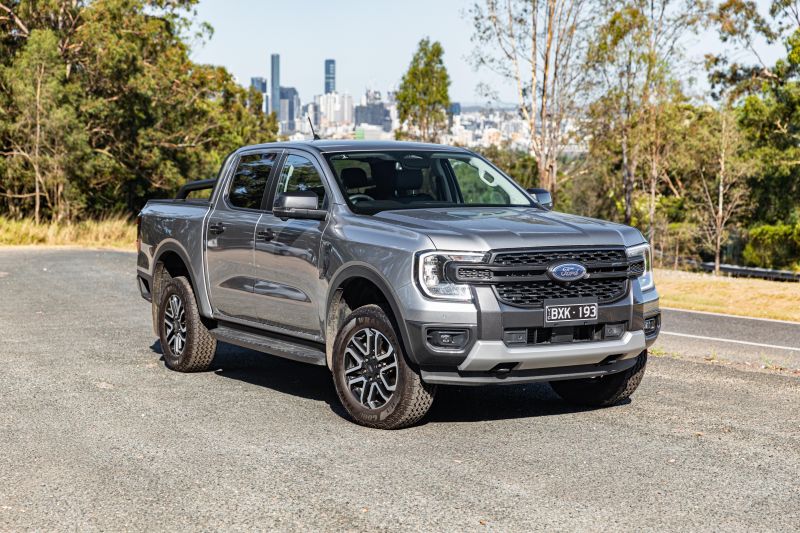
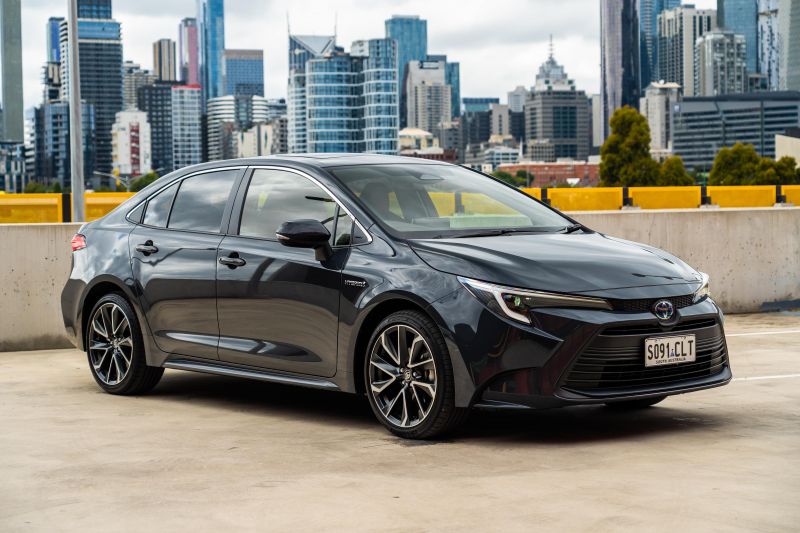
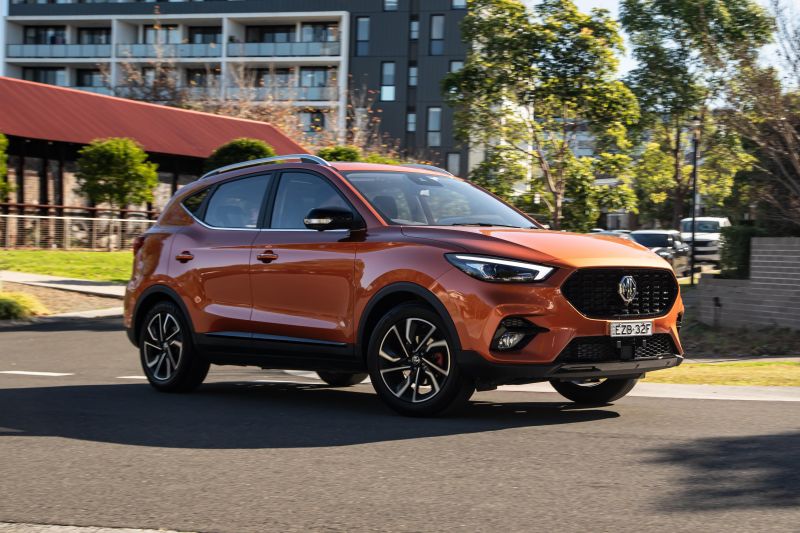
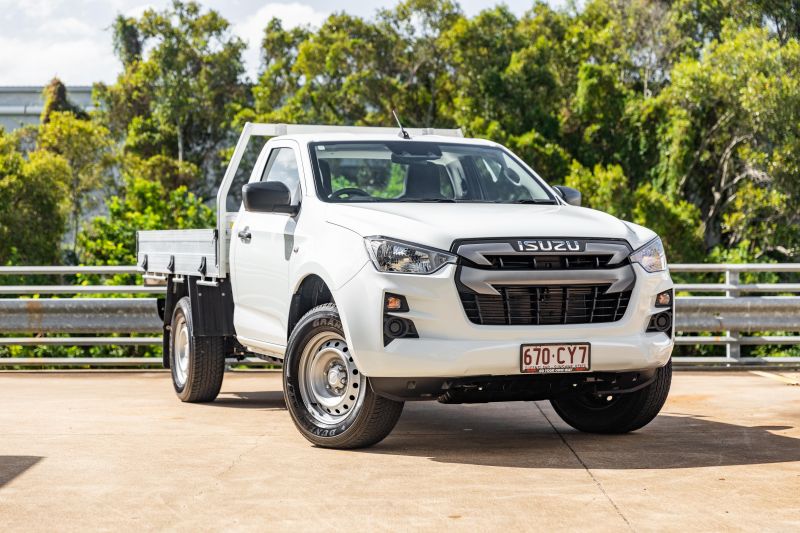
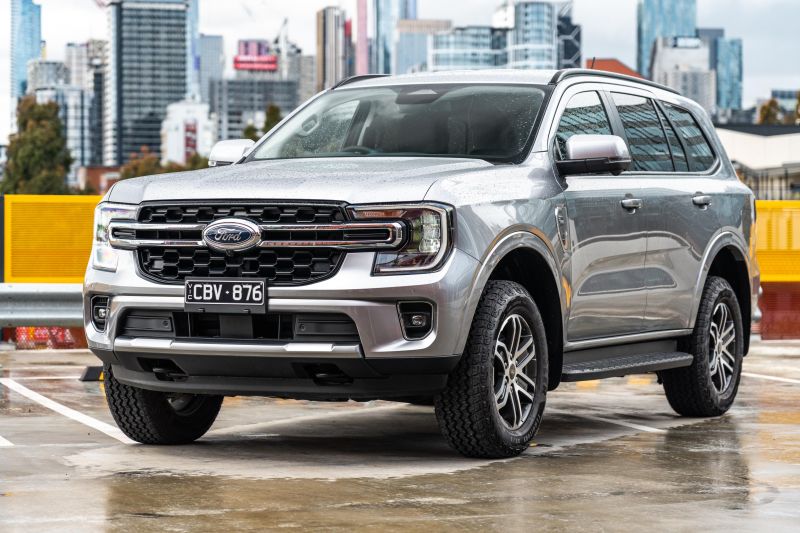
MORE: VFACTS January 2024: Record start to the year but slower times ahead MORE: VFACTS February 2024: Another record month for Australian new car sales


Andrew Maclean
3 Days Ago
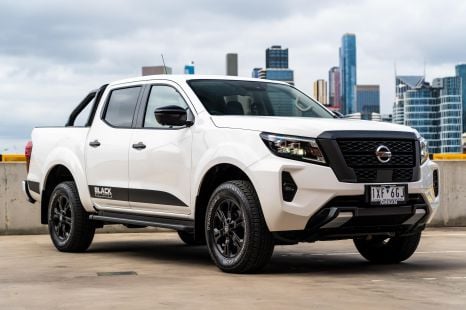

Josh Nevett
7.3
2 Days Ago
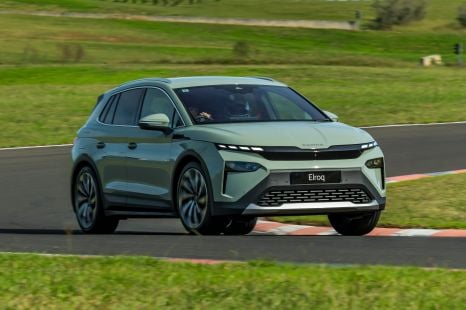

James Wong
1 Day Ago
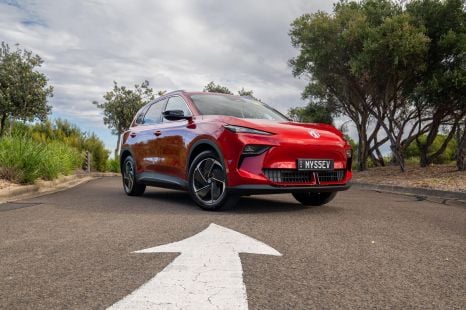

Andrew Maclean
1 Day Ago
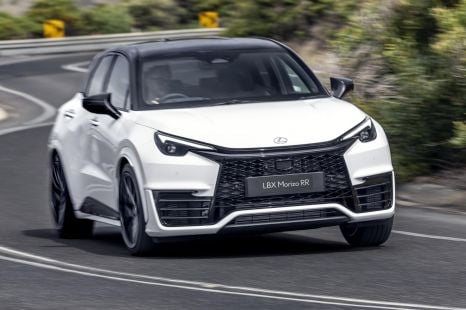

Josh Nevett
8
1 Day Ago
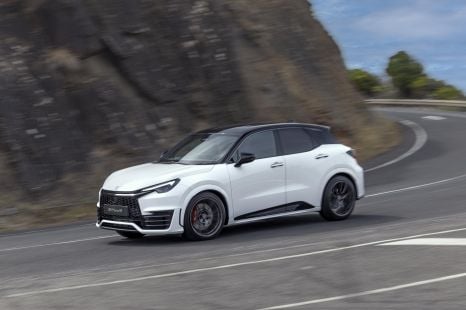

Josh Nevett
16 Hours Ago